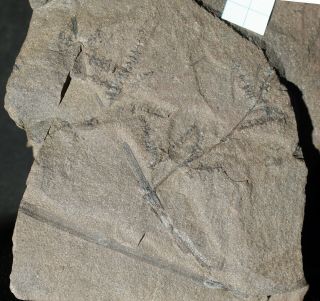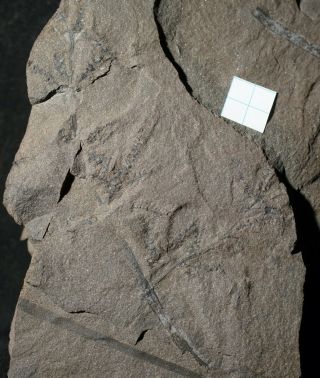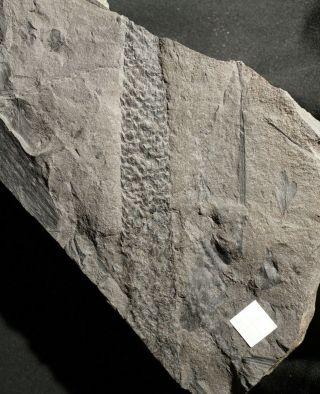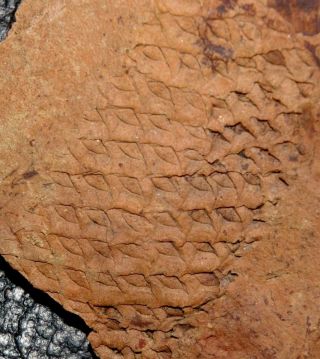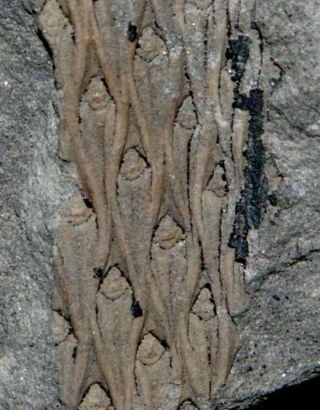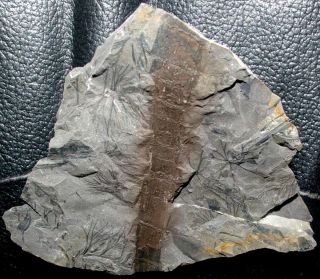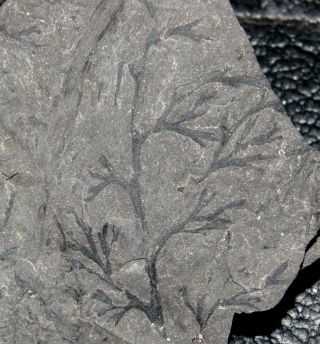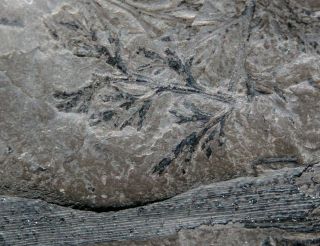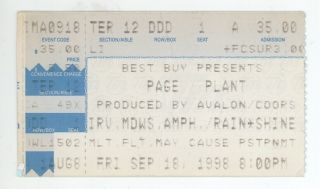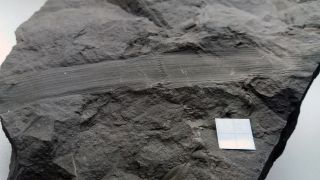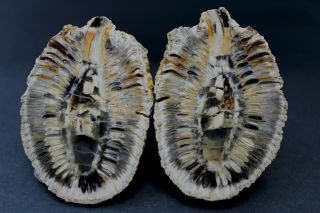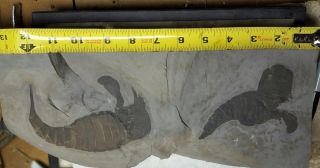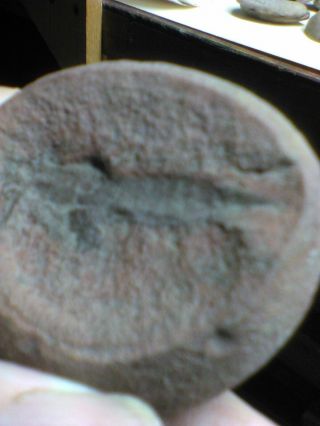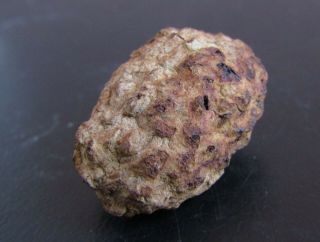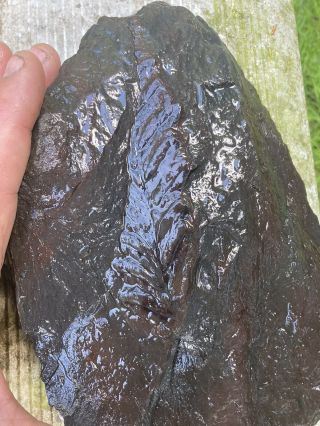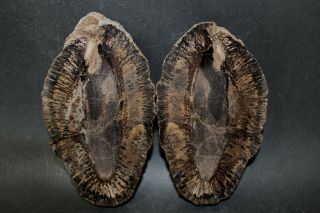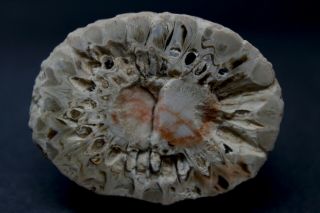Rare Mother Fossil Plant Calamite & 16 Cones Calamostachys Preserved In Situ
Item History & Price
| Reference Number: Avaluer:44334956 | Modified Item: No |
| pre dinosaur fossil plant: Carboniferous Coal age |
My specimens are genuine and will be delivered with a "Certificate of authenticity, age and origin" and scientific papers allowing plant identification !!!
I combine shipping costs. Each item is different, so please wait with payment after purchase - I will send You a combine invoice. Usually, it will be cost of shipping the heaviest item.
Specimen: Extremely rare Calamite twig preserved in situ in organic connection with... 16 Calamostachys sp. cones !
Locality: All detailed data will be provided with the specimen
Stratigraphy: Upper Carboniferous - Middle Pennsylvanian/ Westphalian B
Age: ca. 310 - 315 Mya
Matrix dimensions: ca. 10, 0 x 7, 0 x 2, 0 cm ( white square on pictures is 1, 0 x 1, 0 cm )
Description:
Extremely rare Calamite sp. twig preserved in situ in organic connection with 16 Calamostachys sp. cones showing amazing unknown architecture of this plant ! Fossil contrast is not best, but plant is very rare specimen !
Systematic:Phylum: TracheophytaDivision: GymnospermatophytaClass: EquisetinaeOrder: CalamitalesFamily: CalamariaceaeGenus: CalamostachysSpecies: Calamostachys sp.
Calamostachys represents the reproductive organ of cone -shaped fructifications and peltate sporophylls growing of the Calamite tree ( mother plant - Calamites sp. preserved on specimen). These cones have jointed axes and are composed of whorls of alternating sterile leaves and sporangia. Like cones of modern trees, the cones of the Calamite tree swelled and opened up as they matured.
The trunks of Calamites had a distinctive segmented, bamboo-like appearance and vertical ribbing. The branches, leaves and cones were all borne in whorls. The leaves were needle-shaped, with up to 25 per whorl.Their trunks produced secondary xylem, meaning they were made of wood. The vascular cambium of Calamites was unifacial, producing secondary xylem towards the stem center, but not secondary phloem.The stems of modern horsetails are typically hollow or contain numerous elongated air-filled sacs. Calamites was similar in that its trunk and stems were hollow, like wooden tubes. When these trunks buckled and broke, they could fill with sediment. This is the reason pith casts of the inside of Calamites stems are so common as fossils.Calamites is a genus of extinct arborescent (tree-like) horsetails to which the modern horsetails (genus Equisetum) are closely related. Unlike their herbaceous modern cousins, these plants were medium-sized trees, growing to heights of more than 30 meters (100 feet). They were components of the understories of coal swamps of the Carboniferous period.Annularia are the leaf whorls of an extinct horsetail. They would have grown on plants with stems like Calamites. A genus of fossil plants; star-leaf: so called from the stellated disposition of the leaves around the branches. They abound in the coal measures, and are believed to be the branches of the Calamites or Calamodendron.




